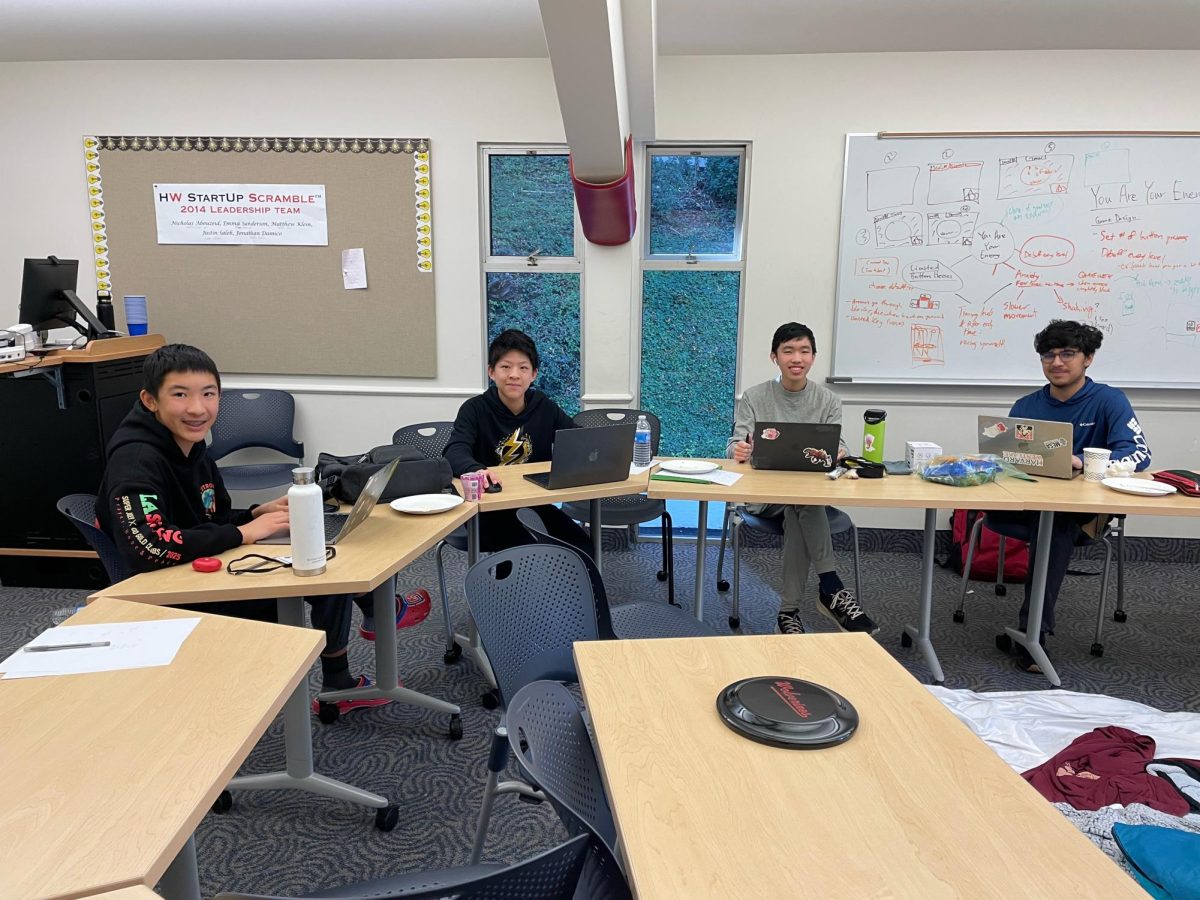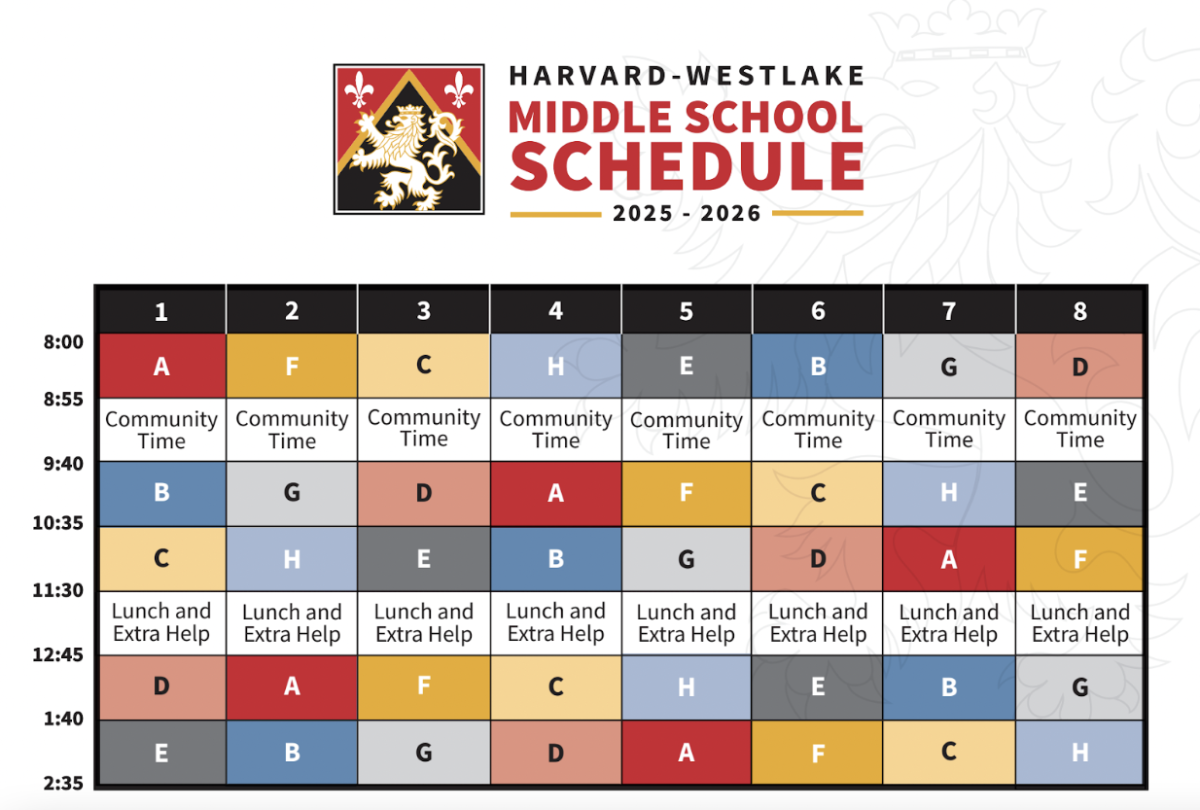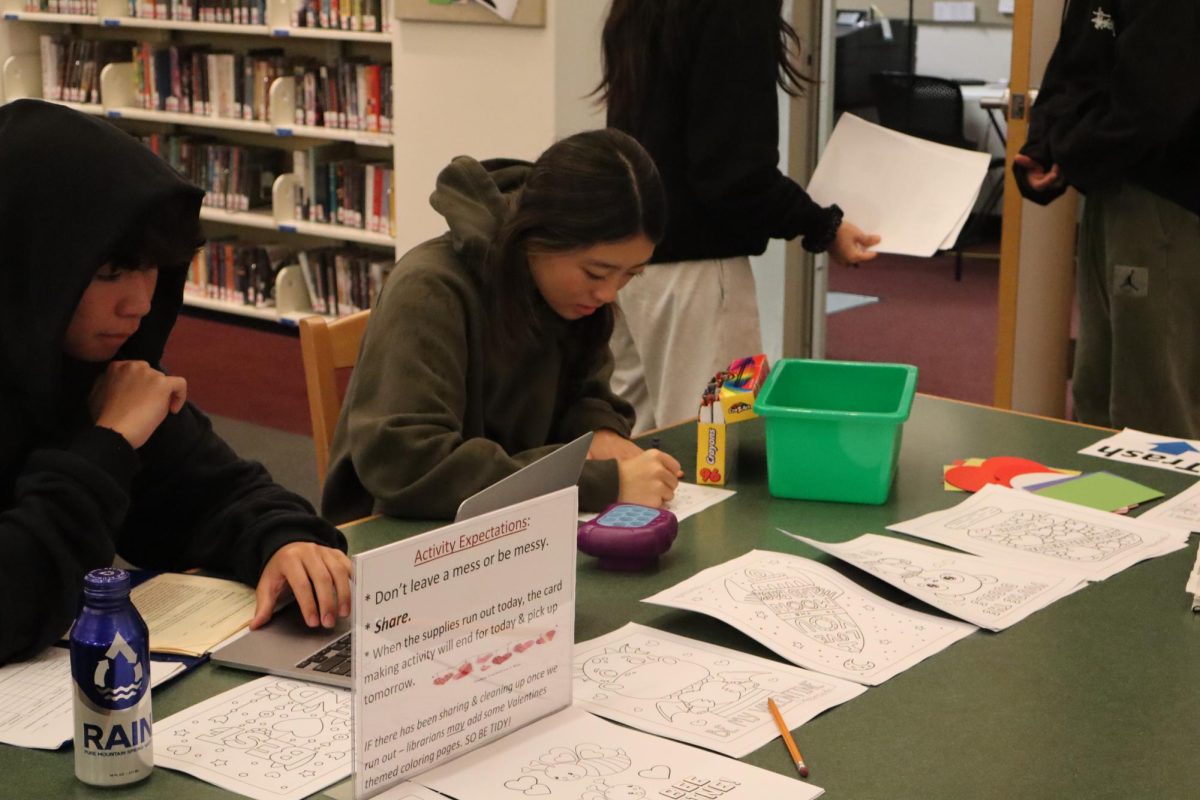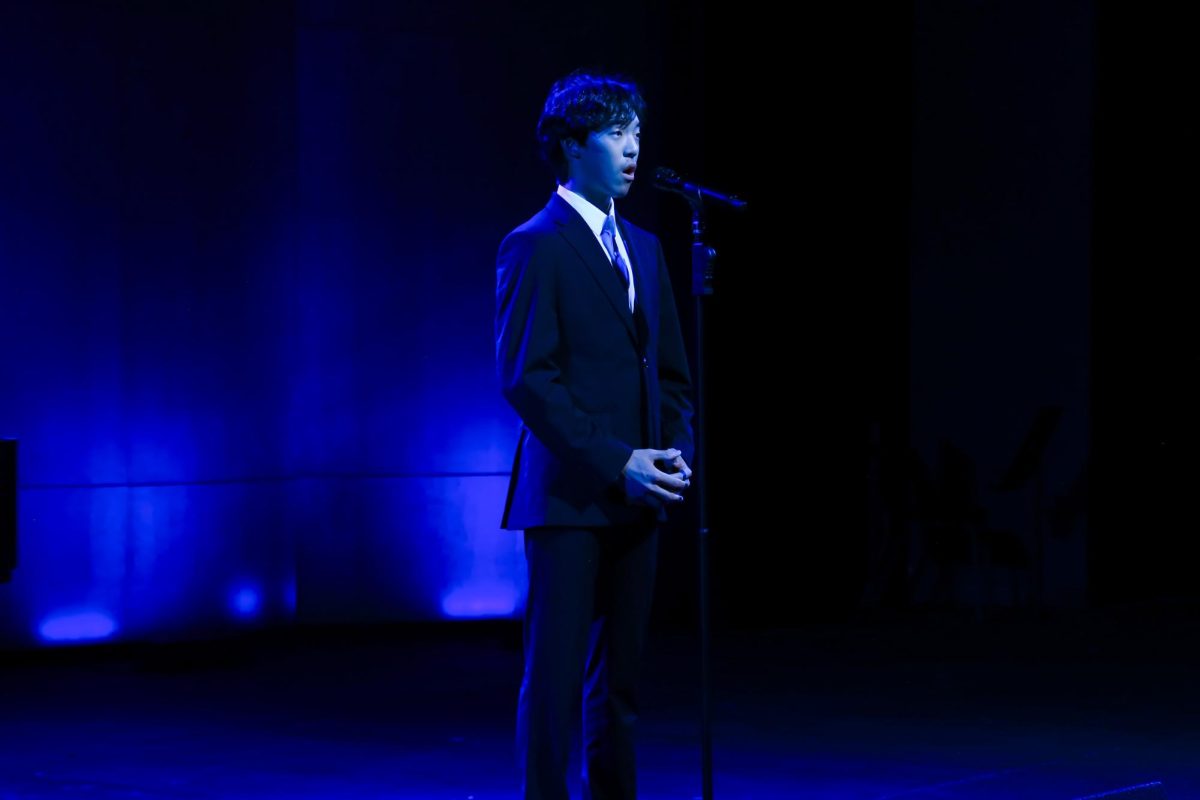Harvard Westlake (HW) announced its plans to build numerous sports facilities for its newly bought campus, which was bought at 40 million dollars in 2017. The campus currently hosts the Weddington Golf and Tennis facility.
Head of Middle School Jon Wimbish outlines three main goals for the River Park campus: to help students involved in athletics to get home, practice, and play games at reasonable times due to restricted facilities at the Upper School, to take a community space by bringing different people on campus and beautifying the area and to set a water reclamation system. The sports facilities are supposed to supplement, not replace, the facilities located at the Upper School.
“The development of additional athletic facilities will allow the school to unstack practices and games so that more students can fulfill their athletic commitments in the hours immediately after school (instead of having practices from 4-6, 5-7, or even later), which will allow students to get home in time for family dinner, homework, and a reasonable bedtime,” Director of Communications and Strategic Initiatives Engelberg said.
Despite the fact most of HW’s plans are not set in stone, the faculty has a general idea of what will be in the facility. “I projected two fields, one that is ringed by a track, an Olympic-sized swimming pool, a gymnasium with multiple courts, tennis courts, lots of natural landscaping and water features with a walking track that rings the property and more,” Wimbish said.
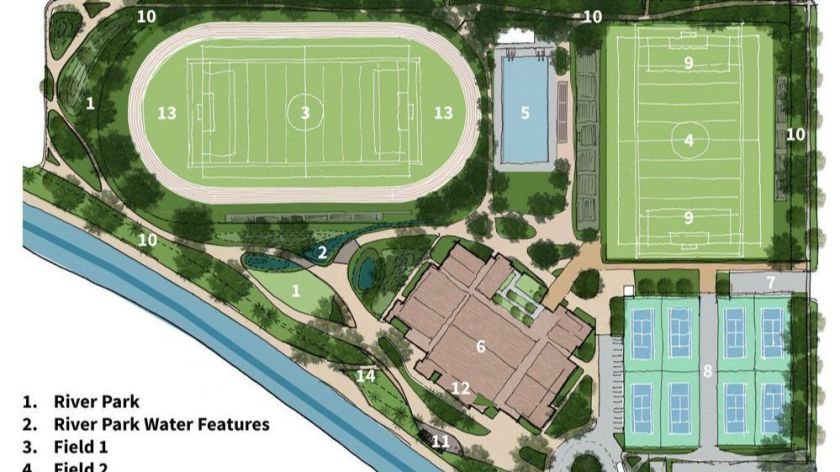
HW is intending to implement very large cisterns underground to reuse rainwater runoff instead of wasting the water and letting it go to the Los Angeles River.
“Harvard-Westlake intends to develop one of the largest privately-funded stormwater capture, clean-up, and re-use systems of its kind in the City of Los Angeles. Per our engineers, during a storm event, the entire neighborhood north of the property up to Moorpark drains to the River Park site. It is estimated that this runoff represents 900,000 gallons of water during a 1” rain event,” Engelberg said.
If water storage capacity is filled, clean water will be released into the Los Angeles River.
The purchase of the facility came after the school dropped plans for a new parking structure and bridge. This newly bought campus is not designed to help the upper school parking situation. At the Upper School, there are more cars coming than parking spaces to accommodate them. Instead, the school is looking for other ways to solve the parking issue.
“It is not designed to go after the parking issue. There was some concern that students will park there and shuttled to the Upper School for class, but that is not part of the plan” Wimbish said.
“This year, the school has made progress toward solving the parking shortage by lowering demand for parking spots through a combination of making parking permits on campus more expensive and creating financial incentives to carpool or take the bus to school,” Engelberg said.
Since HW still doesn’t have a clear plan, Wimbish predicts that construction will begin in two to three years earliest. The timeline can depend on a number of different factors such as how long it will take to finish and edit the environmental report, to convince neighbors to approve and to get permits. Plans could easily be disapproved by neighbors and delayed.
HW is still at the beginning stages of this project. “Right now, we are trying to talk to neighbors and meeting with neighborhood groups, drawing plans, preparing an environmental impact report, doing the fundraising, and more,” Wimbish said.
Engelberg ” added that in 2020, HW will submit a revised project plan to the City of Los Angeles which will kick-off the official project approval process.
HW expects that the use of the campus will be fairly minimal during the school day but relatively busy during after-school hours.
“Members of the general public and the Studio City community, in particular, will also have access to significant portions of the facility, including the six-acre River Park, the walking trail that goes around the entire perimeter of the property, and the tennis courts (when not in use by HW teams). The core athletic facilities, such as the fields, pool, and gym, can be made available to community groups through a reservation system,” Engelberg said.
The neighbors are contributing by engaging in conversation with HW. Due to the concern over traffic and noise, neighbors have been invited to five successful small group meetings. Also, neighborhood councils and resident associations are contributing to HW’s decision-making. Many are ambivalent about the new facility.
“We want to come up with a plan that has enough compromise in it so that those who can feel good about it do feel good about it,” Wimbish said.
Overall, Wimbish is excited that he is contributing to green spaces, which are becoming rarer and rarer in Los Angeles.
“The fact we can do something good for the community, the environment and the school is really exciting for me,” Wimbish said.



